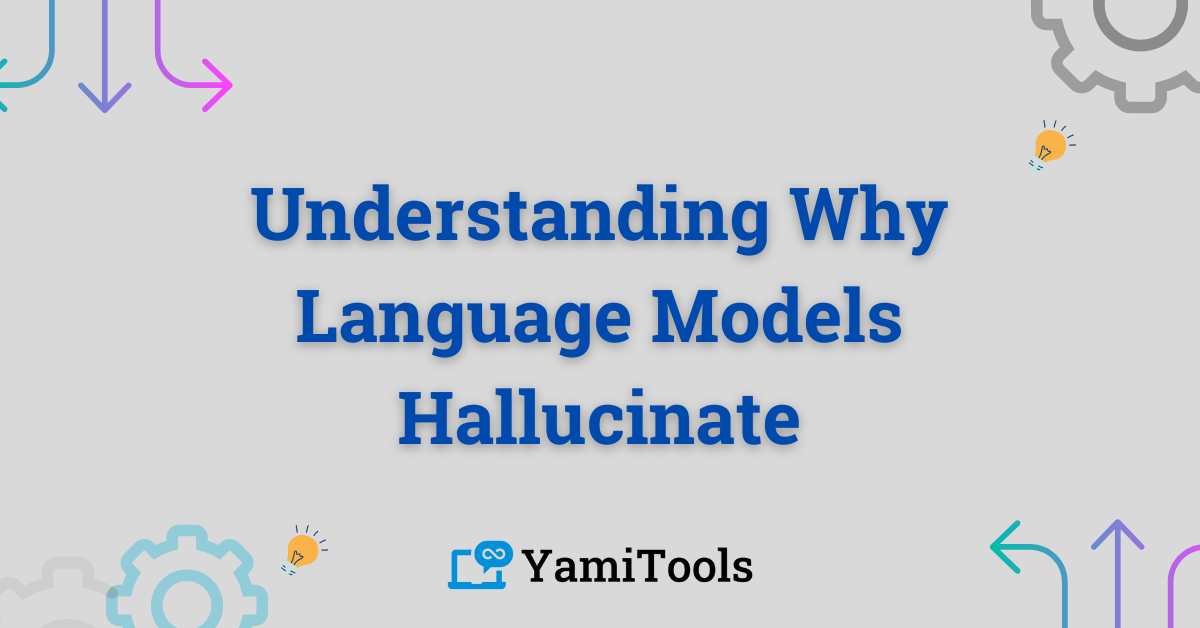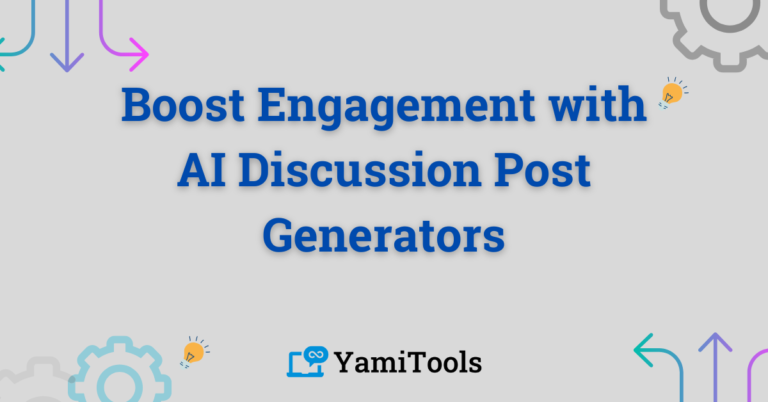Language models, particularly the advanced ones like GPT-3 and its successors, have revolutionized the field of artificial intelligence (AI) by enabling machines to generate human-like text. However, one notable phenomenon that has emerged in the discourse surrounding these models is “hallucination.” This term refers to the generation of text that is factually incorrect, nonsensical, or not grounded in reality. In this blog post, we will explore the reasons why language models hallucinate, the implications of this behavior, and how we can mitigate its effects.
What are Language Model Hallucinations?
Hallucinations in language models can be defined as instances where a model generates information that is false or misleading. This can range from simple factual inaccuracies to complex, fabricated narratives. For instance, if a user queries a language model about a historical event and receives a response that includes fabricated details or misattributed quotes, this is an example of a hallucination.
Key Characteristics of Hallucinations
- Inaccuracy: The information presented is not grounded in actual data.
- Nonsense: Generated content may be grammatically correct but lacks logical coherence.
- Contextual Misalignment: Responses may be contextually appropriate but factually wrong.
Why Do Language Models Hallucinate?
The propensity for language models to hallucinate can be attributed to several factors inherent in their design and training methodologies.
1. Training Data Limitations
Language models are trained on vast datasets that include text from various sources, including books, articles, and websites. However, the quality of this data is inconsistent. If a model is trained on texts that contain inaccuracies, biases, or misinformation, it is likely to reproduce these errors in its outputs.
Example:
Consider a model trained on Wikipedia articles. If certain entries have been edited or vandalized, the model might generate information based on these flawed sources, leading to hallucinations.
2. Statistical Nature of Language Models
Language models operate largely on statistical patterns rather than an understanding of facts. They predict the next word in a sequence based on prior examples in the training data, which does not guarantee factual accuracy. This mechanistic approach can lead to the generation of plausible-sounding but ultimately incorrect information.
Example:
When asked about the capital of a country, a model may generate an answer based on the closest statistical correlation rather than retrieving factual information. If the model has seen a phrase linking “Nairobi” with “Kenya” frequently, it might confidently assert “Nairobi” for a different context, leading to hallucination.
3. Lack of Real-World Understanding
While language models can process and generate text, they lack a true understanding of the world. They do not have consciousness or the ability to reason in the way humans do. This gap means that they may produce content that sounds logical but does not hold up under scrutiny.
Example:
A language model might generate a story about a fictional invention and provide elaborate details about its functionality. However, without real-world knowledge, these details may be completely implausible or impossible.
4. Contextual Ambiguities
Language models often struggle with nuanced or ambiguous queries. When faced with vagueness, they may produce responses based on the most statistically relevant interpretations, which can lead to hallucinations.
Example:
If a user asks, “What about the moon landing?” a model might generate different responses based on interpretations of the question, some of which might veer into conspiracy theories or inaccuracies.
5. Overfitting and Training Artifacts
Overfitting occurs when a model becomes too tailored to its training data, capturing noise rather than generalizable patterns. As a result, the model may reflect biases or inaccuracies present in the training set, leading to hallucinations.
Example:
If a model is exposed to a particular style of writing frequently while training, it may adopt this style in inappropriate contexts, leading to bizarre or nonsensical outputs.
Implications of Hallucinations
The implications of language model hallucinations are multifaceted, affecting both users and the broader AI landscape.
User Trust and Credibility
Hallucinations can seriously undermine user trust in AI systems. When users rely on these models for information, inaccuracies can lead to misinformation and diminished credibility of the technology.
Ethical Considerations
The propagation of false information raises ethical concerns, particularly in applications involving healthcare, law, and journalism. Misleading outputs can have serious real-world consequences.
Need for Accountability
As language models increasingly integrate into critical applications, accountability for their outputs must be addressed. Developers and organizations must take responsibility for how these models are trained and deployed.
Mitigating Hallucinations: Practical Strategies
While the tendency to hallucinate poses challenges, there are actionable strategies to mitigate this behavior in language models.
1. Curate Training Data
Careful curation of the training dataset can help reduce the incorporation of flawed information. Ensuring that the sources are reliable and fact-checked is crucial.
2. Implement Fact-Checking Mechanisms
Integrating fact-checking algorithms can help cross-verify the outputs of language models against trusted databases. This could serve as a filter for hallucinations.
3. User Education
Educating users about the limitations of language models and promoting critical thinking can reduce the chances of misinformation spreading. Clear disclaimers about the potential for inaccuracies should be standard practice.
4. Continuous Model Improvement
Regular updates and improvements to the model architecture and training methodologies can enhance performance and reduce hallucinations. This includes ongoing research in areas like reinforcement learning and human feedback.
5. Encourage Feedback Loops
Incorporating user feedback into the training process can help identify patterns of hallucination and improve the model’s responses over time.
Conclusion
Understanding why language models hallucinate is crucial for developers, researchers, and users alike. Through careful examination of the contributing factors and the implementation of effective mitigation strategies, we can harness the power of language models while minimizing their propensity to generate misleading information. As we move forward in the field of AI, it is essential to prioritize accuracy, accountability, and ethical considerations in the development and deployment of these remarkable technologies.







